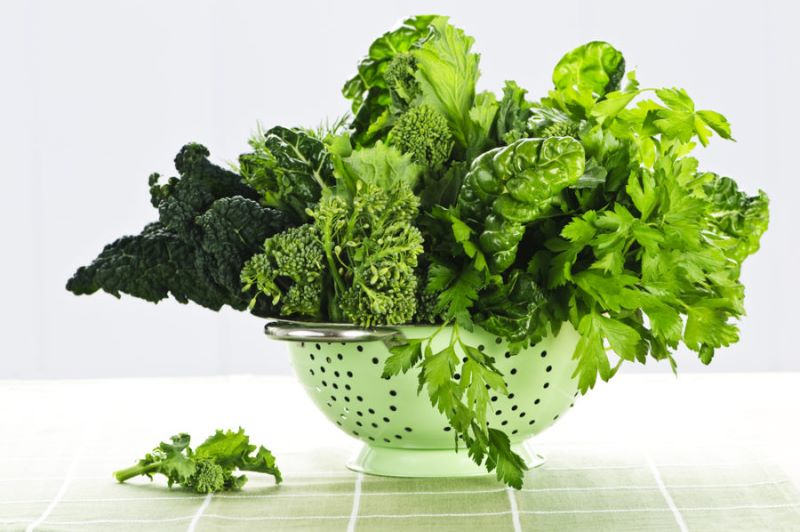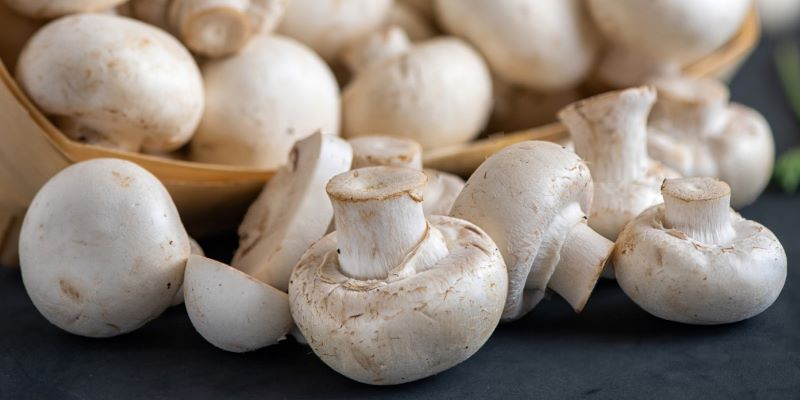How to Steam Vegetables in a Rice Cooker: Read this guide if you would like to steam vegetables in a rice cooker. You will get some helpful tips and things to consider so that you can get the most out of your rice cooker and enjoy delicious, healthy food.
Step-by-Step Instructions: How to Steam Vegetables in a Rice Cooker
Steaming is a healthy way to cook vegetables, but it’s often regarded as an impractical cooking method. There are ways to steam vegetables in a rice cooker — a small kitchen appliance that does double duty as both a steamer and a rice cooker.
If you have a rice cooker and want to steam your vegetables, here’s how:
1. Rinse the vegetables.
Rinsing your veggies helps remove any dirt or debris on their surface before cooking them. It also helps them retain their bright color after they’re cooked.
2. Cut the vegetables into bite-sized pieces.
Lay all your vegetables in the rice cooker. Make some space for them at the bottom of the cooker, then put 1/4 cup of water in each of the three rice cooker compartments.
3. Put your lid on and turn on your rice cooker’s steamer function.
Set it to cook for 15 minutes. (If you’re not sure how to tell if your rice is cooked, check out this post. You can also add a little uncooked white rice to the bottom of your rice cooker. When your vegetables are done, you’ll be able to see if the white rice is cooked.)
4. After 15 minutes, check to see if your vegetables are done.
If they’re not ready, simply turn off the rice cooker and wait a few more minutes. Alternatively, you can check the water level in each compartment. Remember that the amount of water will decrease as you cook. When your vegetables are ready, be sure to turn off the rice cooker. If you’re not sure how long they need to cook, refer to this cooking time chart.
5. Put the lid back on and let your rice cooker stay off for about 10 minutes
After your vegetables have been cooked. This prevents the steam from coming out of the rice cooker too quickly and burning your food. (If you’re using a tiny rice cooker as I do, there’s no need to let it sit off for 10 minutes. This doesn’t happen with my 6-cup rice cooker.)
6. Add season with salt and black pepper. That’s it.
Your rice cooker steamed vegetables are ready. Hurray for healthy and efficiency!
What Kind of Vegetables Should be Steamed
While steaming is a healthy way to cook your veggies, it’s important that you know exactly what kind of vegetables should be steamed.
Here are some of the best types of vegetables for steaming:
1. Leafy Greens

Steaming is an excellent method for cooking leafy greens such as spinach, kale, or collard greens because it locks in their nutrients. These vegetables also absorb less water when cooked via this method than when boiled or stir-fried.
2. Root Vegetables
Root vegetables such as carrots, turnips, sweet potatoes, and parsnips can also be steamed instead of boiled or baked in order to preserve their nutritional value. The best way to prepare root vegetables is by cutting them into chunks before cooking so they’ll take less time to cook through (10 minutes).
3. Artichokes
Artichokes contain an enzyme called Cynarin which converts to Cynaropicrin (a powerful antioxidant) when cooked in a steamer.
4. Bell Peppers
Red, yellow, or green bell peppers contain compounds that help in the prevention and treatment of certain types of cancer. When bell peppers are cooked via steam, they have a lower risk of getting damaged by heat, which is why this is the best method to use when cooking them.
5. Carrots

Carrots are high in beta-carotene and vitamin A, which help fight cancer and heart disease. They also contain potassium and calcium, which support bone health and blood pressure regulation.
6. Cauliflower florets
Cauliflower is a good source of vitamin C, folate, and fiber. It also contains vitamins B6 and K, which help the body absorb iron from other foods.
7. Green beans

Green beans are an excellent source of vitamin A, folate, and manganese. They also contain potassium, magnesium, and calcium — all nutrients that benefit bone health.
8. Mushrooms (stems removed)

Mushrooms are low in saturated fat but high in protein — they’re a great substitute for meat! They’re also rich in potassium, selenium, and zinc — all nutrients that support immune function.
9. Peas
Peas are rich in vitamin C, folate, and fiber as well as manganese-all nutrients that support bone health!
Benefits of using a rice cooker for steaming vegetables
Steam vegetables in a rice cooker? What a great idea! This is one of my favorite ways to steam vegetables because it combines two cooking methods into one convenient appliance.
The following are some of the benefits of steaming vegetables in a rice cooker:
1. Easy cleanup
Unlike using an electric steamer where you need to clean the whole thing, when you use the steam function on your rice cooker, all you have to do is wipe down the inside of the unit after it’s done cooking.
2. No need for extra equipment.
If you want to make healthy meals at home, you probably don’t want to spend money on lots of kitchen gadgets and tools that will only be used once or twice before being forgotten about. Using the steam function on your rice cooker means there’s no need for extra equipment!
3. Vegetables are cooked without oil or fat
Which makes them healthier than boiled or fried vegetables.
4. Vegetables retain more of their nutrients
When they’re steamed because there isn’t much water loss during cooking — unlike when you boil or fry your veggies.
5. It’s easy to use
Just put the veggies in the bowl with 1/2 inch of water and turn it on!
6. You can use any type of vegetable
The only requirement is that they need to be cut into bite-size pieces so that they’ll fit in the bowl without falling out (and getting burned) when you open it up.
7. Saves Time
Cooking meat and vegetables separately can take more time than cooking them together. If you’re cooking for many people at once, it may be easier for everyone if you make one big batch of meat or vegetables instead of several small ones.
Safety Precautions That You Should Never Forget
There are a number of safety precautions to consider when steaming vegetables in a rice cooker.
1. Do not fill the basket more than half full.
Overfilling can cause water to leak out and make a mess of your kitchen.
2. Use an oven mitt when handling hot pots or lids.
The steam from boiling water can cause burns if you’re not careful.
3. Always check adequate water in the pot before adding vegetables.
If not enough water is available, add more so that the vegetables don’t burn during cooking time.
4. Do not use a plastic or wooden steamer.
Use only stainless steel or cast iron steamer basket or insert
5. If using frozen vegetables, add them before the rice.
They’ll take longer to cook than fresh vegetables, so they’ll be ready by the time your rice is cooked.
6. Use fresh vegetables.
Fresh vegetables are best for steaming because they’re less likely to be tough and woody than older produce. If you must use older vegetables, cut them up into smaller pieces so they cook faster.
7. Don’t steam for too long
About 10 minutes is enough for most vegetables. If you’re cooking different types of vegetables at once, steam each type separately before combining them in an ovenproof dish and finishing them off in the oven
FAQs
1. What type of rice cooker should I use?
You can use any type of rice cooker to steam vegetables. It doesn’t have to be the same brand as your steamer. Just make sure it has a cooking function with preset time and temperature settings.
2. Do I need a steaming rack?
Yes, you will need one if you don’t have an insert pan with holes in it. A rack is used to keep food off of the bottom of the pot so that it doesn’t get burned or overcooked from direct heat from below.
3. Is There Enough Space In The Rice Cooker For Both Cooking And Steaming?
Most rice cookers have enough space for both cooking and steaming. However, some models are smaller than others so make sure that you check the measurements before purchasing one.
4. How long does it take for vegetables to cook in my rice cooker?
It depends on how much water is used, but most vegetables will be done within 20 minutes.
5. Can you put frozen vegetables in a rice cooker?
Yes, you can. This is great for cooking the frozen peas for your baby or adding frozen vegetables to a soup.
6. What kind of products should I use with my rice cooker?
Any type will work! We recommend steaming potatoes along with your other vegetables so they cook at the same time and are ready to eat together when done.
In Summary
I hope you have found this article helpful and now know how to steam vegetables in a rice cooker. We have given you some of the best methods to steam vegetables using a rice cooker. It is a simple appliance to use and can help anyone add more vegetables as well as whole grains into their diet.
